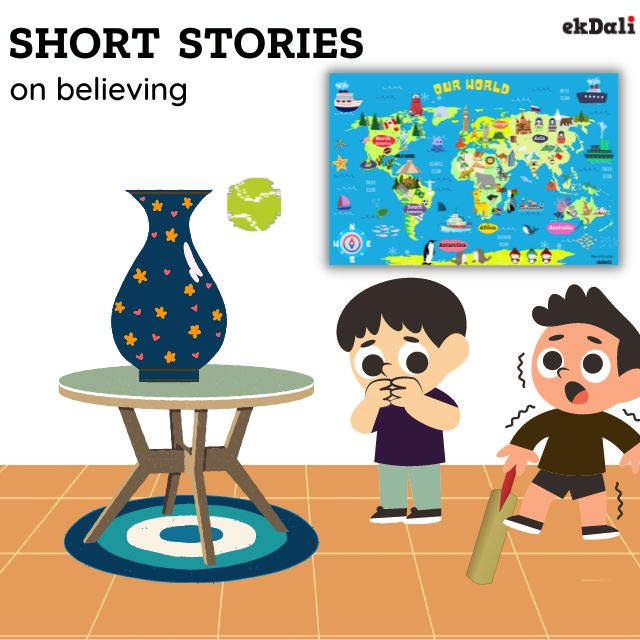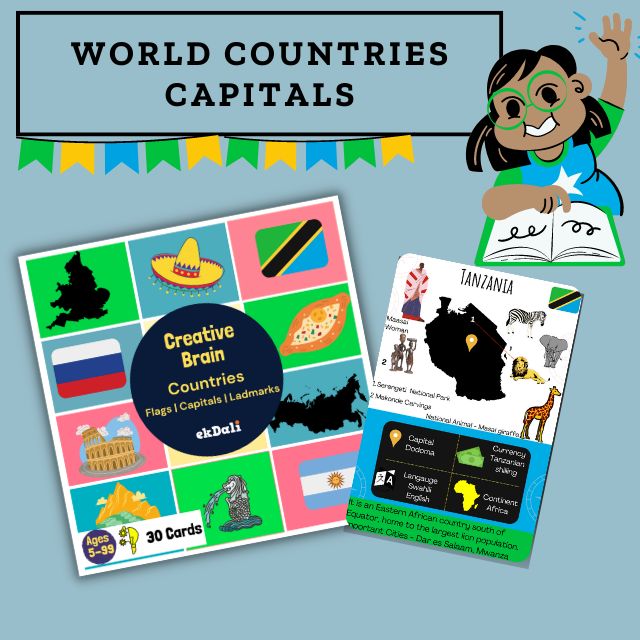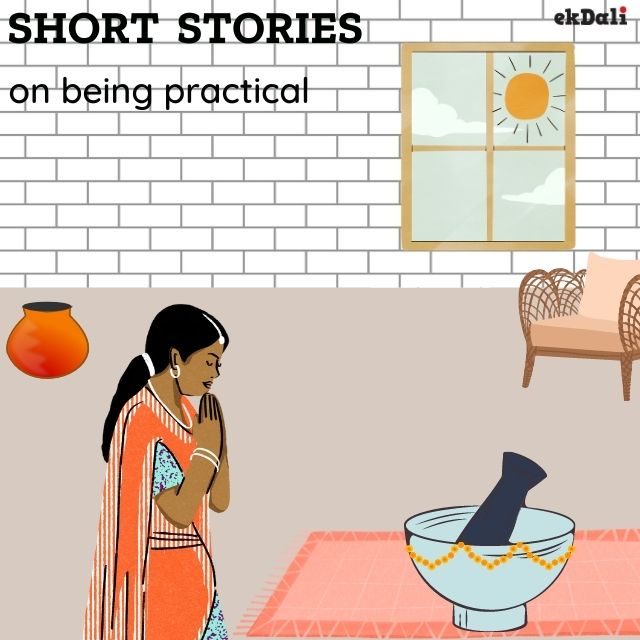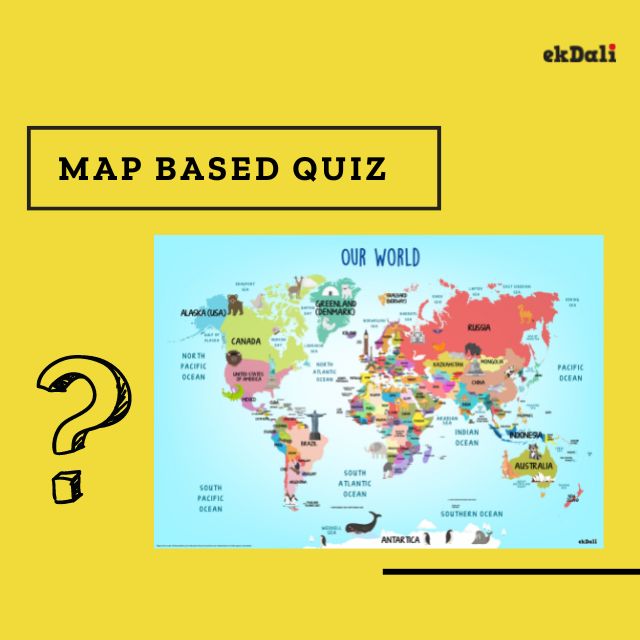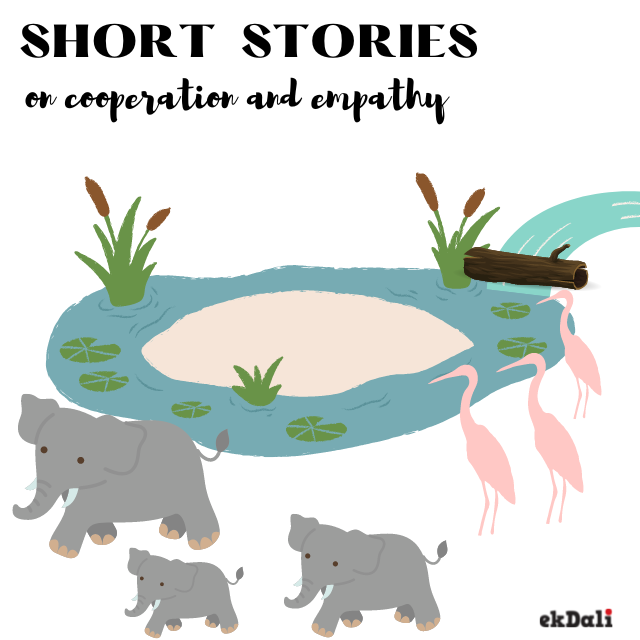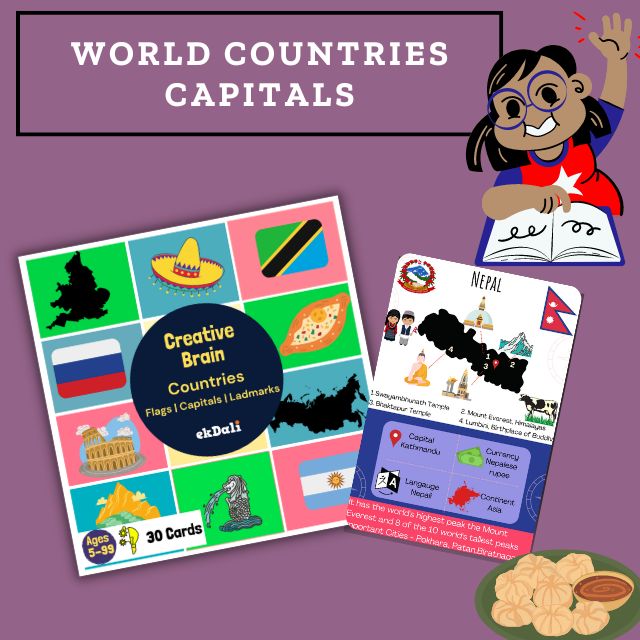If you are looking to teach kids about countries capitals and flags, take a look at our World Countries Flash Cards.
NEPAL FACTS FOR KIDS
Nepal is a landlocked country in South Asia. It is mainly situated in the Himalayas, but also includes parts of the Indo-Gangetic Plain.
NEPAL QUICK FACTS
|
Official name: Federal Democratic Republic of Nepal |
|
Capital: Kathmandu |
|
Official Language: Nepali |
|
Currency: Nepalese Rupee |
|
Continent: Asia |
|
Population: 30 million |
|
Major rivers: Bheri, Sarju, Mohan, Karnali |
|
Major Cities: Pokhara, Patan, Biratnagar |
|
Major Mountains: Everest, Lhotse, Makalu, Cho Oyu |
|
National Sport: Volley Ball |
|
National Bird: Himalayan Monal |
|
National Tree: Rhododendron |
|
National Animal: Cow |
|
National Fruit: Raspberry |
|
National flower: Rhododendron |
GEOGRAPHY AND CLIMATE
The country can be divided into three main geographical regions: the Himalayan region, the Tarai region, and the mid-hill region. The highest peak in the Himalayan region is Mt. Everest (8,848 m) and the lowest point is the Tarai plains of Kechana Kalan in Jhapa (60 m). The Himalayas and its foothills make up the country’s northern border and represent 16% of the total land area.
Nepal has different climates according to altitude: the sub-tropical climate with the rainy season in the southern flat strip, the temperate climate in the low mountains, and finally the cold mountain climate in the peaks of the Himalayas.
Rainfall is abundant during the summer monsoon from June to October on the northern slopes. On the southern slope at equal altitudes, the east is rainier than the west.
PEOPLE, CULTURE, AND FOOD
The estimated population of major indigenous peoples, such as Magar (7.1 percent), Tharu (6.6 percent), Tamang (5.8 percent), Newar (5.0 percent), Rai (2.3 percent) Gurung (1.9 percent), Limbu (1.4 percent respectively.
Nepalese culture is a combination of Indo-Aryan and Tibeto-Mongolian cultures. The majority of Nepalis either follow Hinduism or Buddhism. The two religions have co-existed in harmony for centuries. Customs and traditions differ from one part of Nepal to another. The festivals of Nepal have their roots in Hinduism as more than 80% of the population of the country is Hindu.
Daal Bhat Tarkari. Daal Bhat tarkari is the daily meal eaten by all Nepalese throughout the country. Momo is a type of dumpling which is made from dough usually filled with minced meat-buffalo, chicken, and also with vegetables. Special foods such as sel roti, Finni roti, and patre are eaten during festivals such as Tihar.
FLAG
The flag is a simplified combination of two single pennons, known as a double pennon. The crimson red is Nepal's national color, indicating the Nepalese people's brave spirits. The two triangles symbolize the Himalayan Mountains and represent the two major religions, Hinduism and Buddhism. The red triangular flag has been a Hindu symbol of victory since the time of Ramayana and Mahabharata.
FLORA AND FAUNA
Existing checklists for Nepal record some 6000 species of flowering plants and about 530 ferns. The most popular endemic plant of Nepal is the rhododendron. Some exotic Flower varieties found in Nepal are Rose, hydrangea, Bleeding-heart, Cherry blossom, Orchid, Tulip, Peony, and Lily. The great Himalaya Range bears some of the most valuable forests in Nepal, containing spruce, fir, cypress, birch, and juniper.
Nepal's biodiversity profile records 208 mammals, 867 birds, 123 reptiles, 55 amphibians, 230 freshwater fish, and 651 butterfly species. The spiny babbler is the only species endemic to Nepal. Among the several species of mammal found in Nepal are the Bengal fox, Bengal tiger, clouded leopard, corsac fox, Indian rhinoceros, Asiatic elephant, marbled cat, Indian Pangolin, Chinese Pangolin, red panda, snow leopard, Tibetan wolf, and Tibetan fox.
Mahseer, Mountain trout, Catfish, Murrie, Common trout, and Rainbowfish are the most popular fish species in Nepal. And, these fishes can be found anywhere in the cold Himalayan rivers of Nepal.
POPULAR SPORTS
The most common sport played in Nepal is cricket followed by football. swimming, volleyball, tennis, martial arts, boxing, wrestling, running, weightlifting, basketball, shooting, archery, badminton, and golf are popular in the country.
TOURIST ATTRACTION
Swayambhunath Temple: Swayambhu is an ancient religious complex atop a hill in the Kathmandu Valley, west of Kathmandu city. This stupa is the oldest of its kind in Nepal and has numerous shrines and monasteries on its premises. Swayambhu means "self-existent one". Believed to date back to 460 A.D., it was built by King Manadeva, and by the 13th century, it had become an important center of Buddhism.
Mount Everest, Himalayas: It is located between Nepal and Tibet, an autonomous region of China. At 8,849 meters (29,032 feet). it is considered the highest point on Earth. In the nineteenth century, the mountain was named after George Everest, a former Surveyor General of India.
Bhaktapur Temple: Popular for its religious, cultural, and historical heritage, Bhaktapur is also known as Bhadgaun. This city, rich in ancient arts, religious values, fabulous cultural traditions, architectural masterpieces, and ancient sculptures, is also known as an open museum. Moreover, the city is also famous as a city of gods.
Lumbini, Birthplace of Buddha: As per the Buddhist tradition, Lumbini is the birthplace of Siddhartha Gautama, who is also known as Buddha. This place is located in the Terai region of Southern Nepal and is very close to the Indian Nepalese border. people from all walks of life are always fascinated by the beauty of this place.
Befor you go please take a look at our educational posters, maps and flashcards












